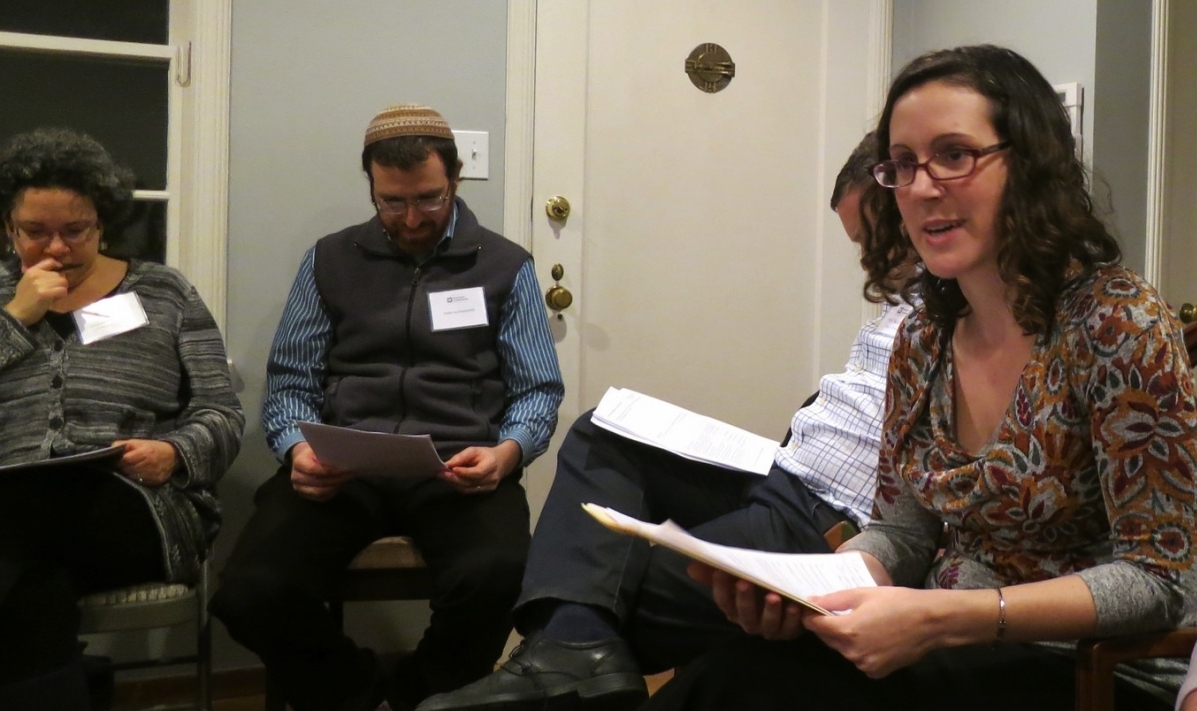
Prof. Mika Ahuvia, at right, leads the Jan. 28th session of the Community Learning Fellowship. Photo by Lauren Spokane.
Session 2 of the Stroum Center’s Community Learning Fellowship (CLF) ~ Jan. 28, 2015
Although some might associate angels with Christian traditions, biblical, rabbinic and other Late Antique Jewish writings are replete with angels. In this class, students were introduced to the ancient Jewish imagination and a view into the cosmic worldview of the Second Temple Period through an analysis of Jewish angelology.
Canonical texts of the Hebrew Bible, including Isaiah, and extra-canonical books, like Jubilees (rediscovered among the Dead Sea scrolls), offered students a peek into the ways that ancient Jews imagined the heavens and earth to be populated.
Students were surprised to see the biblical context of the well-known liturgical formula “Holy, Holy, Holy” in Isaiah 6:1-7. There the prophet Isaiah describes his vision of God enthroned and surrounded by six-winged seraphim in the Temple in Jerusalem. Because this is one of the only biblical texts that provides witness testimony as to how God is praised by angelic creatures, it became a foundational liturgical text for both ancient Jews and early Christians.
Next we turned to the book of Jubilees (second century BCE), and then moved to traditions from Rabbinic literature (third to fifth centuries CE), to consider the diverse ways in which ancient Jews related to angelic beings.
For more on this topic, the community is welcome to hear Prof. Ahuvia’s lecture “Israel Among the Angels,” on March 31, 2015 at Hillel UW. Click here for more info and to RSVP.
Links for Further Exploration

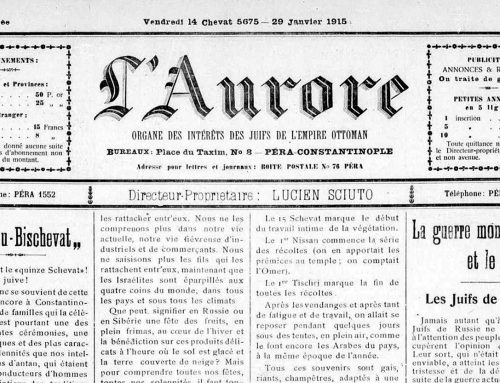
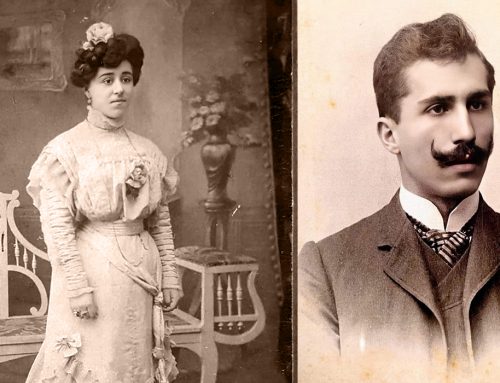

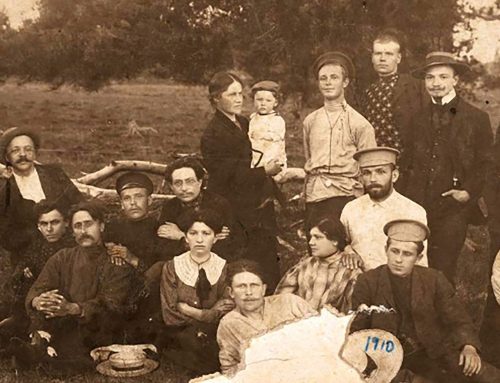

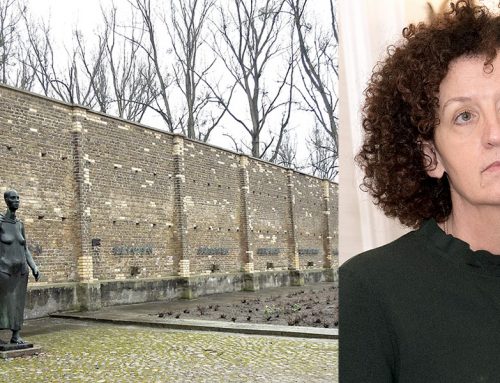
Leave A Comment